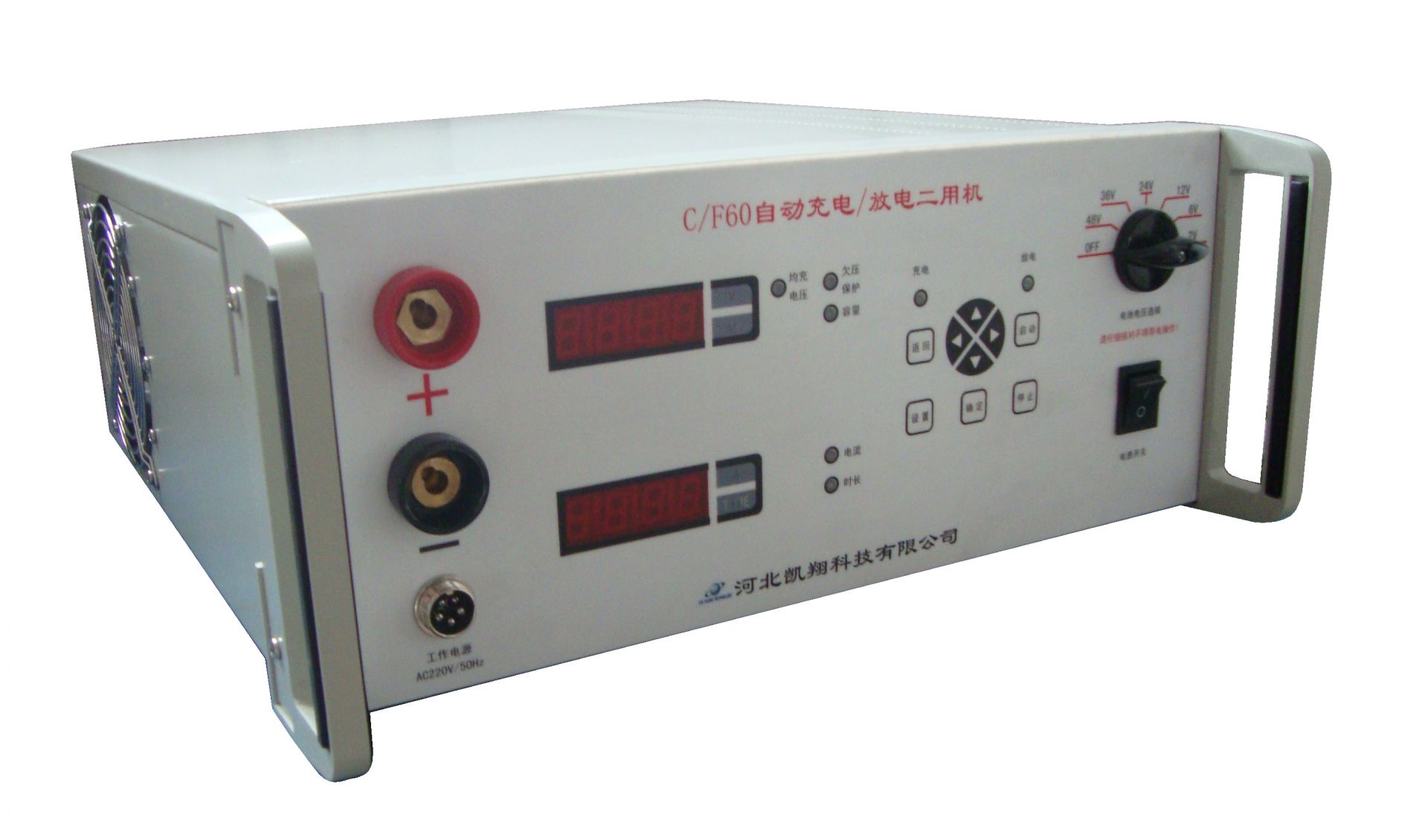What Parameters Are Primarily Tested by a DC Load Bank?
Time:2024-07-05
DC load bank, as a crucial testing equipment, is widely utilized in various industries such as new energy vehicles, power batteries, charging piles, power electronics, servo/server power supplies, high-voltage UPS, photovoltaics, grid-scale energy storage, and more, for product testing. Its primary function is to simulate actual load conditions and test various parameters of DC power sources, ensuring their performance and reliability. This article will delve into the key parameters primarily tested by a DC load bank.
1. Current and Voltage
The most fundamental function of a DC load bank is to test the output current and voltage of DC power sources. These parameters serve as significant indicators for evaluating power source performance. By adjusting the resistance value or current settings of the load bank, different load conditions can be simulated, allowing for the observation of how the power source's output voltage and current vary under different loads, thereby assessing their stability and whether they fall within specified ranges.
2. Power
Power is a vital output metric for power sources, and a DC load bank can test the output power of a power source under various load conditions. By measuring the product of voltage and current, the actual output power can be calculated and compared against the power source's rated power, evaluating its output capability.
3. Resistance Value
When simulating a load, a DC load bank can present different resistance values. This feature enables the load bank to mimic the current and voltage changes under actual load conditions. During testing, the resistance value of the load bank can be adjusted as needed to simulate different load impedances, thereby testing the power source's performance under varying load impedances.
4. Accuracy
The accuracy of a DC load bank refers to the error between its output current and voltage and the set values. A high-accuracy load bank provides more precise test results, contributing to an accurate assessment of the power source's true performance. Therefore, when selecting a DC load bank, its accuracy level should be considered, and an appropriate accuracy should be chosen based on actual needs.
5. Dynamic Performance
Dynamic performance refers to the speed with which a DC load bank can withstand load changes when simulating a load. When testing power sources, the need to simulate rapidly changing load conditions necessitates the selection of a DC load bank with excellent dynamic performance. This ensures that the power source maintains stable output even under rapidly varying loads.
6. Other Test Parameters
In addition to the basic parameters mentioned above, a DC load bank can also test other parameters related to power source performance, such as ripple current, temperature rise, and short-circuit current. These parameters further reflect the power source's performance under different operating conditions, providing essential insights for product design and optimization.
Ripple Current: Measures the AC component in the current output by the power source, assessing its stability and filtering effectiveness.
Temperature Rise: Tests the temperature change of the power source under prolonged operation or high loads, evaluating its heat dissipation and thermal stability.
Short-Circuit Current: Simulates a short-circuit condition to test the power source's short-circuit protection function and the magnitude of the short-circuit current, assessing its safety and reliability.
Conclusion
As an essential testing equipment, a DC load bank comprehensively tests various parameters of DC power sources, including current, voltage, power, resistance value, accuracy, dynamic performance, and other related parameters. These test results facilitate the evaluation of the power source's true performance, providing vital insights for product design and optimization. Therefore, when selecting and using a DC load bank, attention should be paid to its various parameters and specifications to ensure they meet actual needs and guarantee the accuracy and reliability of test results.
News Recommendation
-
 2024-09-11
2024-09-11TRIUMPH LOAD EXHIBITING AT Enlit Europe 2024 -BOOTH 7.H08
-
 2023-04-21
2023-04-21TRIUMPH LOAD EXHIBITING AT DATA CENTER WORLD GERMANY 2023-BOOTH F909
-
 2023-04-06
2023-04-06TRIUMPH LOAD EXHIBITING AT ELECTRIC POWER TECH KOREA 2023 – Booth G109
-
 2022-05-05
2022-05-05What is the role of ac load bank for power supply?
-
 2022-05-05
2022-05-05What is the role of the load bank?


